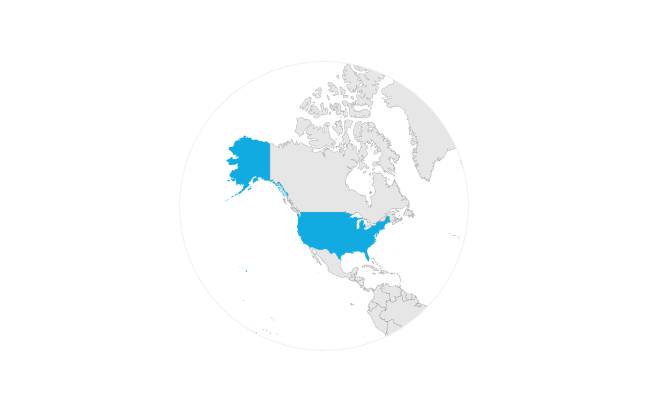The United States moved up one position, from 10 to 9, in the World Competitiveness Ranking 2023, prepared by the Swiss-based Institute for Management Development (IMD).
Within this indicator, the United States obtained the following results: in economic performance: domestic economy (5), international trade (32), foreign investment (1), employment (15) and prices (60), and in government efficiency: public finances (48), fiscal policy (17), institutional framework (20), business legislation (23) and social framework (41).
In business efficiency: efficiency and productivity (10), labor market (19), finance (1), management practices (14) and attitudes and values (30), and in infrastructure: health and environment (17), basic infrastructure (20), technological infrastructure (12), education (13) and scientific infrastructure (1).

The IMD World Competitiveness Ranking analyzes and ranks the ability of countries to create and maintain an environment that supports business competitiveness.
This means that the IMD assumes that wealth creation takes place primarily in enterprises (private or public).
World competitiveness
However, companies operate in a national environment that enhances or hinders their ability to compete nationally or internationally: «country competitiveness» and is covered by the World Competitiveness Ranking.
The World Competitiveness Ranking divides the national environment into four main factors:
- Economic performance.
- Government efficiency.
- Business efficiency.
- Infrastructure.
Methodology
In turn, each of these factors is divided into 5 sub-factors that highlight each facet of the areas analyzed. In total, the global competitiveness ranking presents 20 of these sub-factors.
These 20 sub-factors comprise 335 criteria, although each sub-factor does not necessarily have the same number of criteria (e.g., more criteria are needed to evaluate Education than to evaluate Prices).
Each sub-factor, regardless of the number of criteria it contains, has the same weight in the overall consolidation of results, i.e. 5% (20×5 =100).
Criteria can be hard data, which analyze competitiveness as it can be measured (e.g. GDP) or soft data, which analyze competitiveness as it is perceived (e.g. availability of competent managers).
Hard criteria represent a weight of 2/3 in the overall ranking, while survey data represent a weight of 1/3.
In addition, some criteria are only background information, meaning that they are not used in the calculation of the overall competitiveness ranking (e.g., population under 15 years of age).
Finally, the aggregation of the results of the 20 sub-factors results in the total consolidation, which leads to the overall IMD World Competitiveness Ranking.

